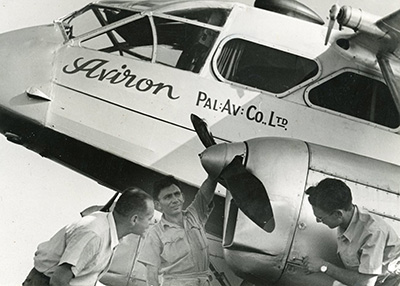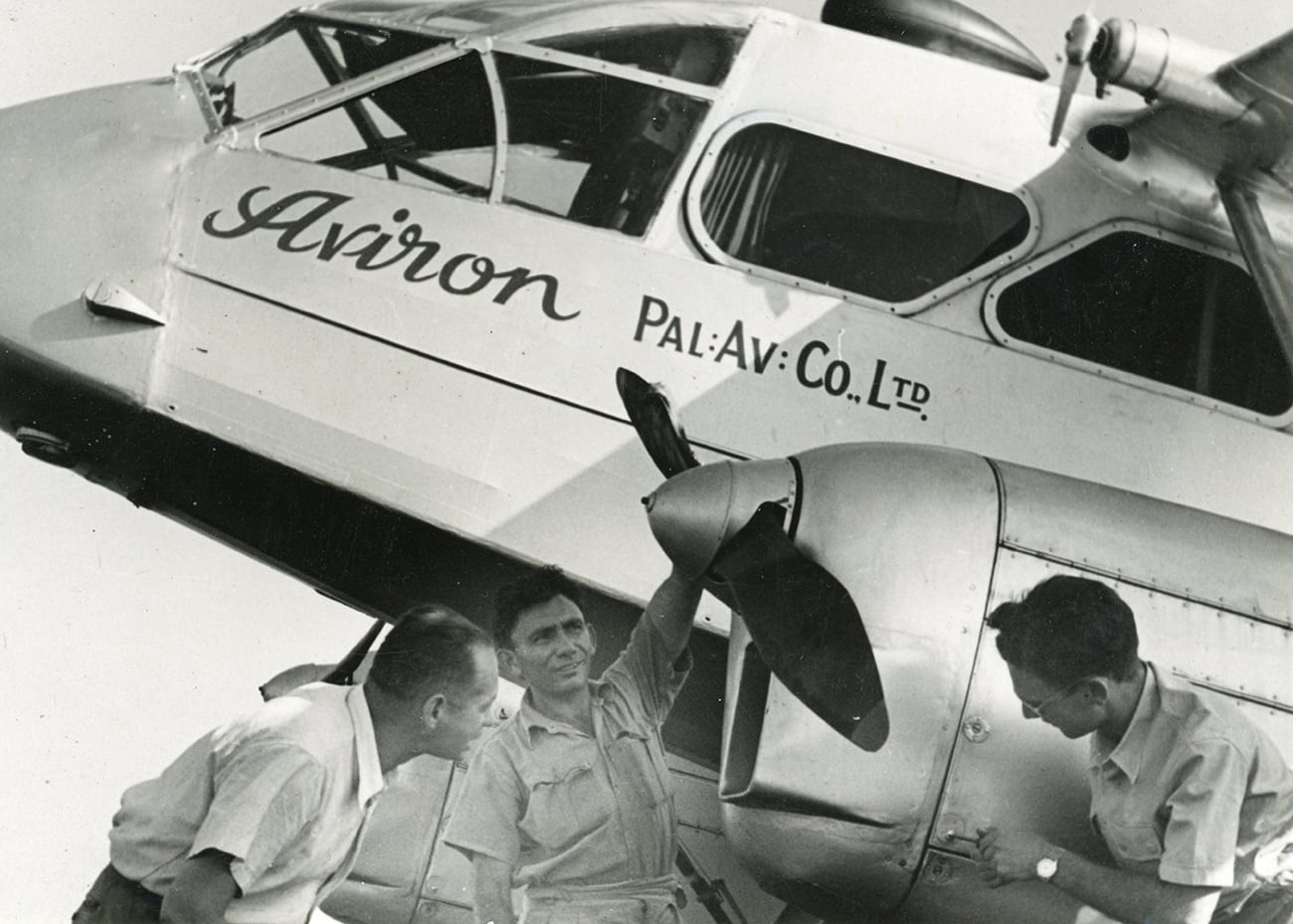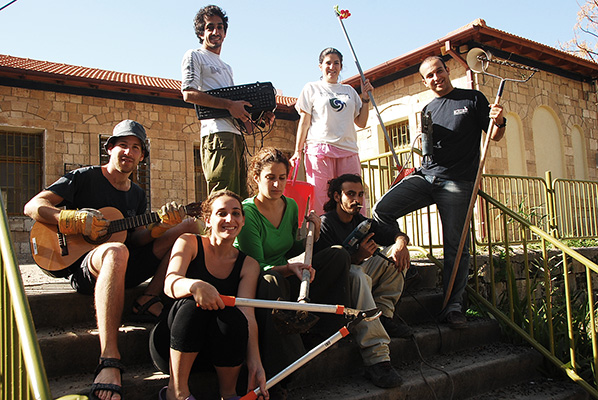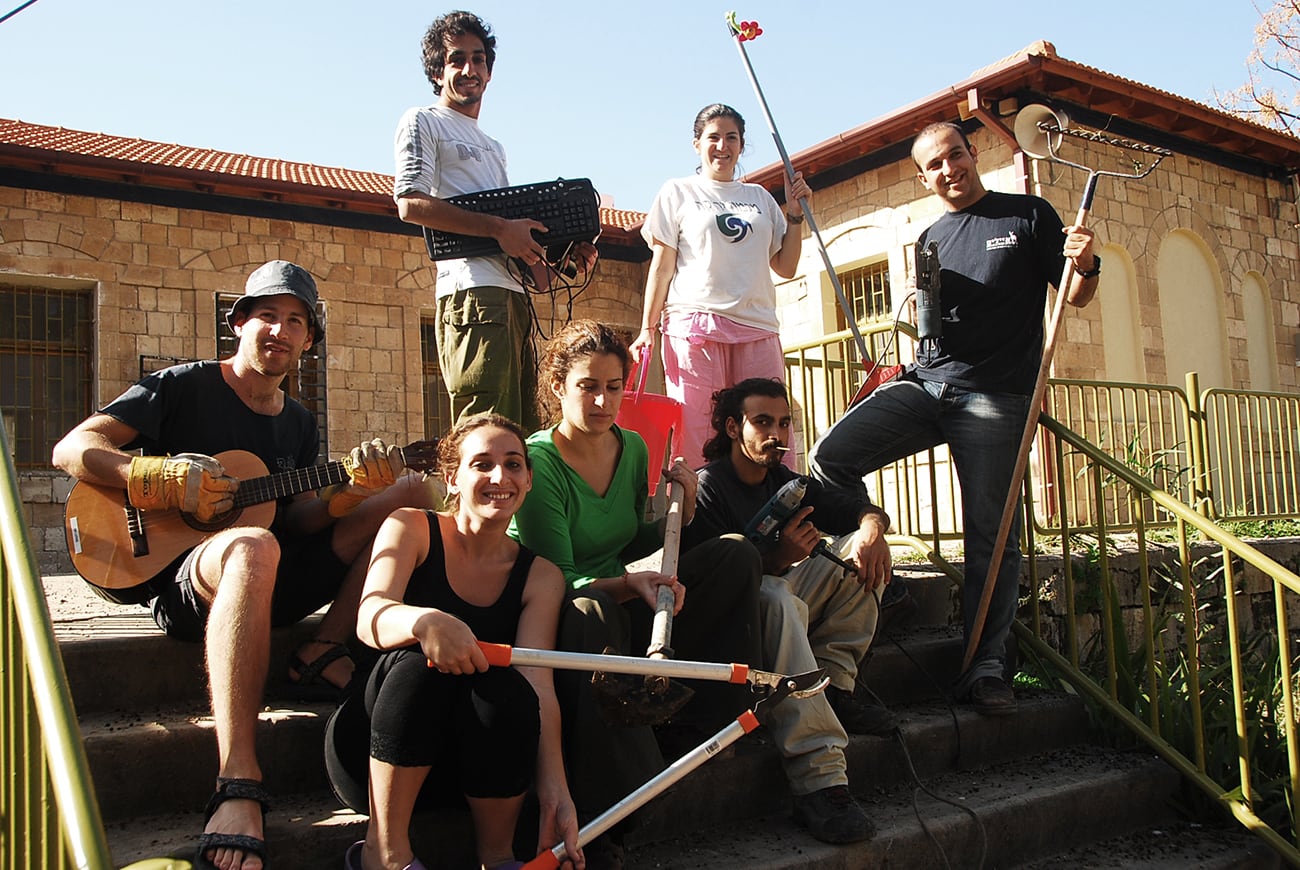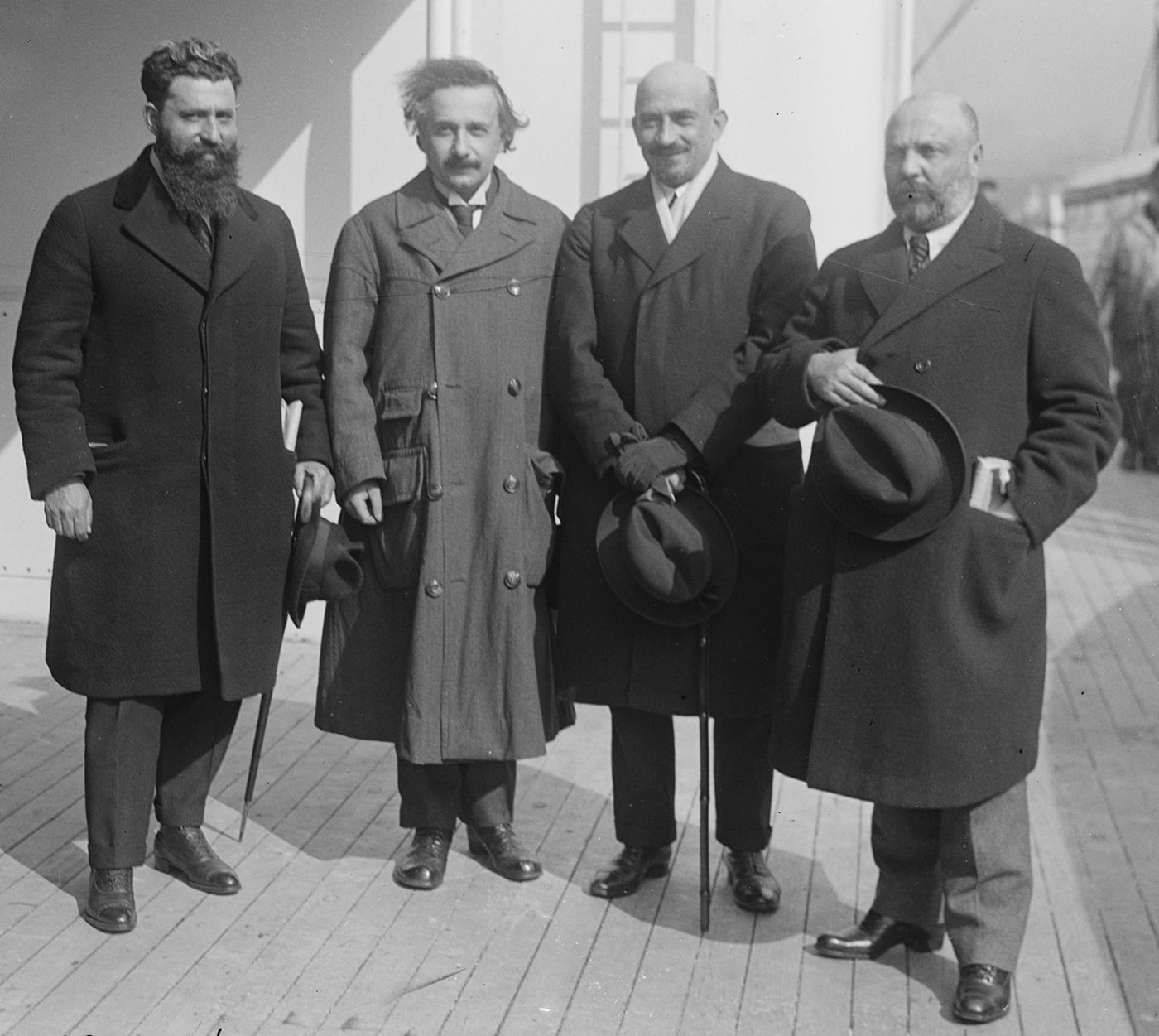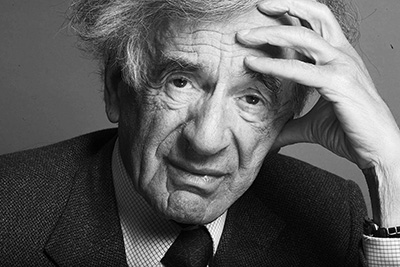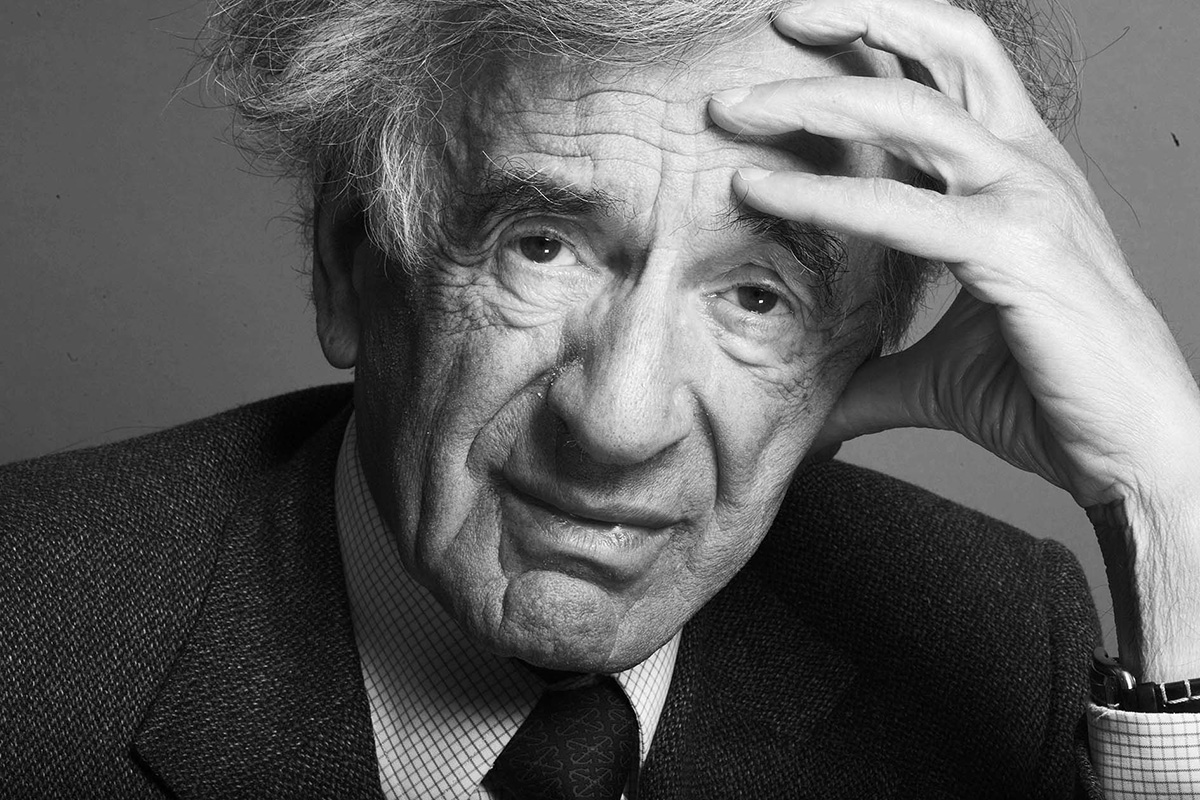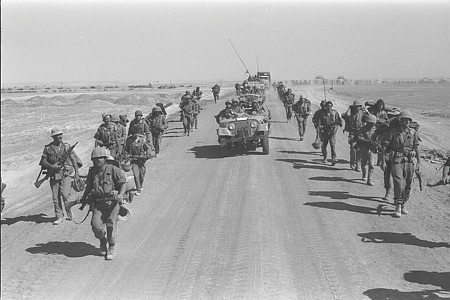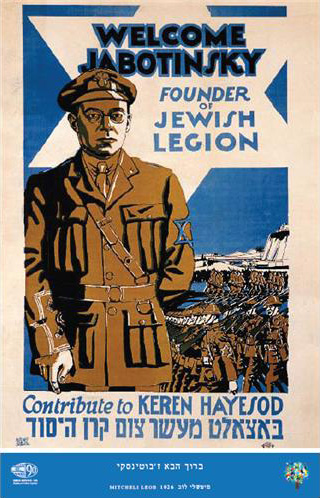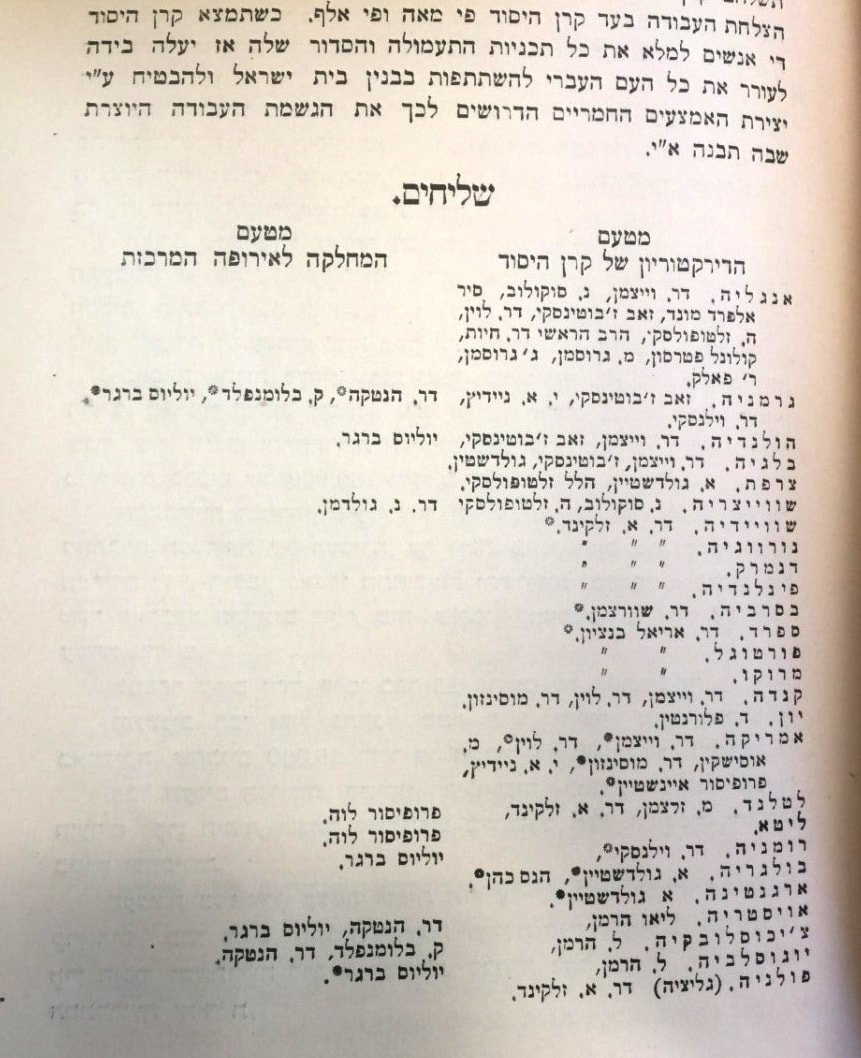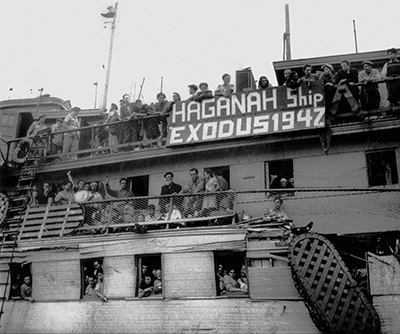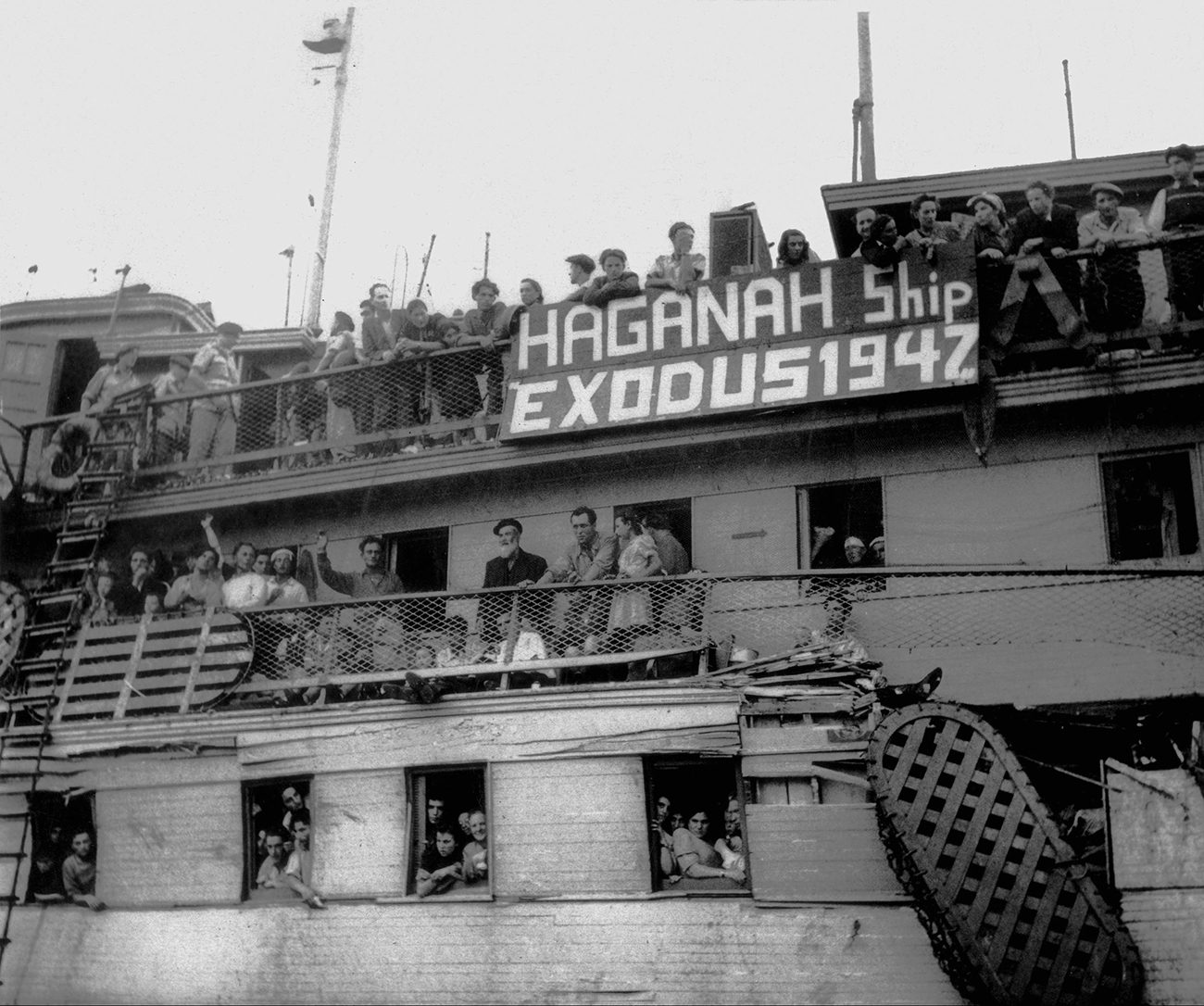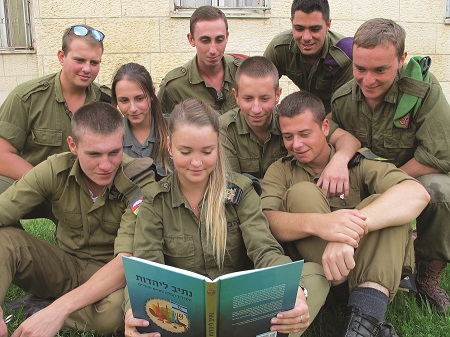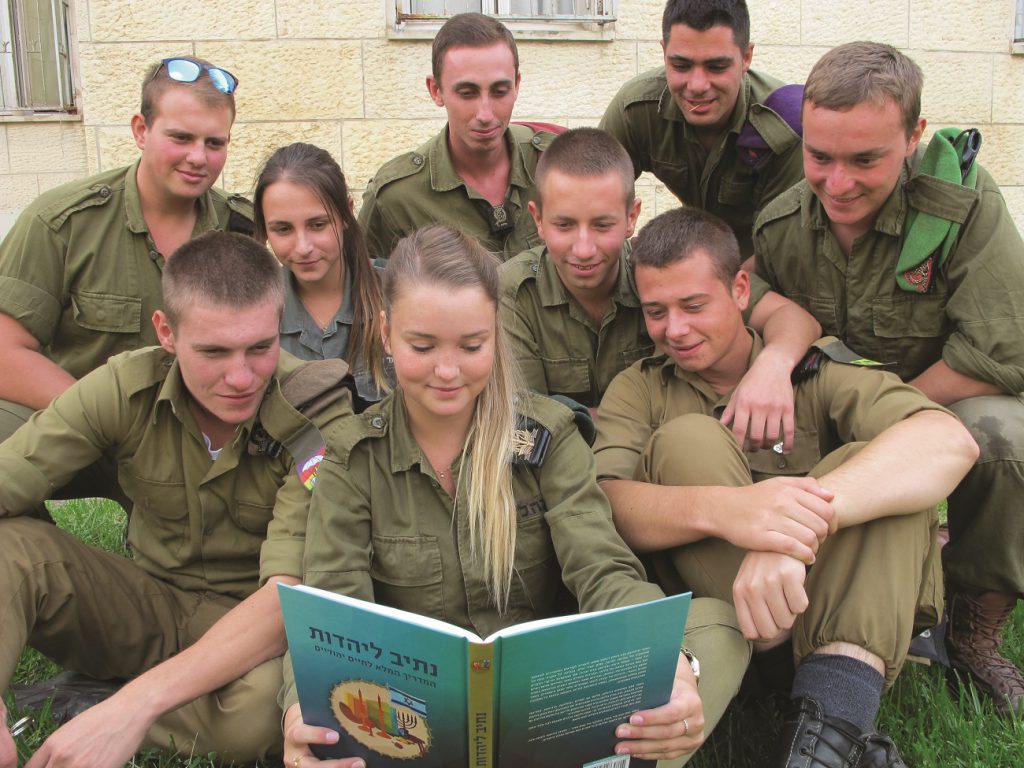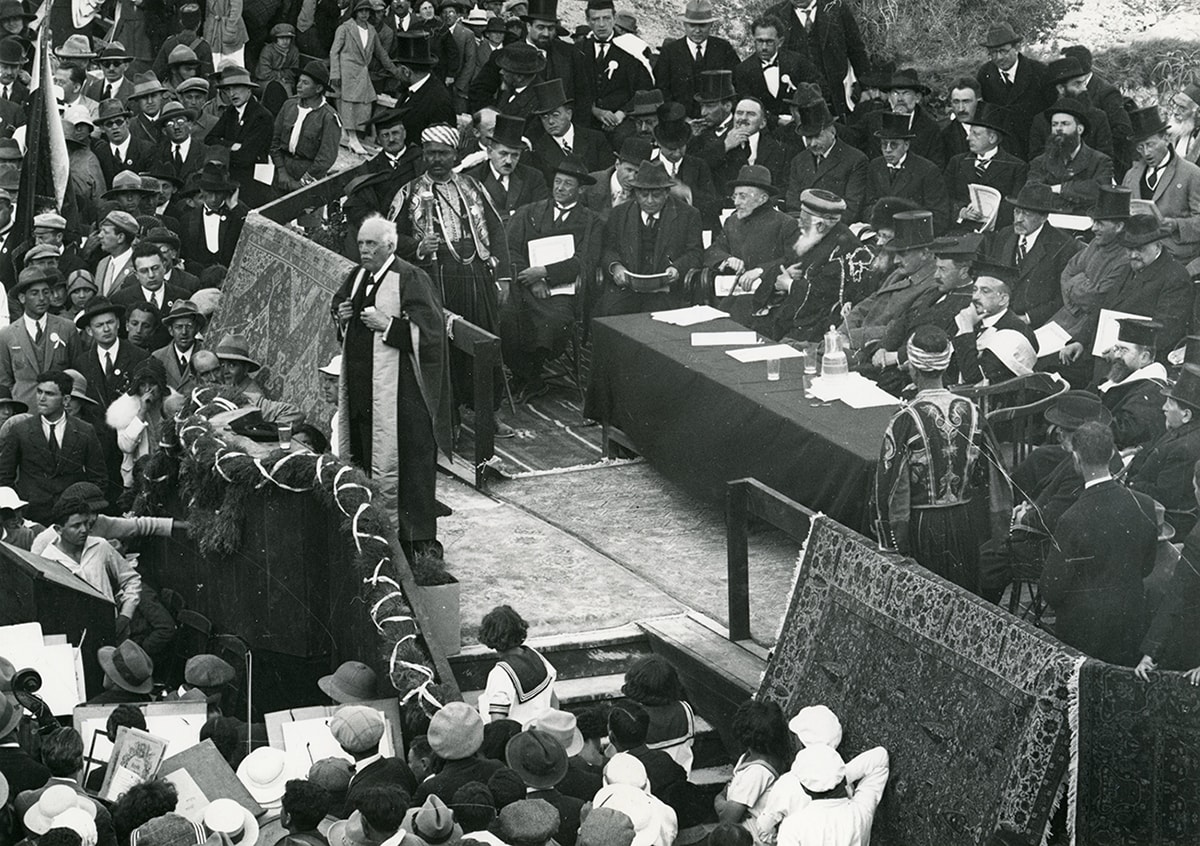
One fine day in April 1925, 7,000 people gathered excitedly for the inauguration ceremony of the Hebrew University on Mt. Scopus in Jerusalem. Among them were top-ranking figures such as Chaim Weizmann, Rabbi Abraham Isaac Kook, H.N. Bialik, Herbert Samuel, Lord Balfour, General Allenby and Nahum Sokolow. The university infused a refreshing new spirit into the world of Hebrew culture and education that was developing in the Land of Israel. From its very beginning, Keren Hayesod understood the need to raise money to support the establishment of institutions of higher education. It contributed £20,613 to the Technion in Haifa and £31,821 to the Hebrew University, for example, and in order to turn the Ziv Institute in Rehovot into the Weizmann Institute, Keren Hayesod raised a total of half a million dollars. Keren Hayesod has continued to raise money for the ongoing activities of these institutions, which provided the infrastructure for higher education in Israel and played an enormous role in turning Israel into a powerhouse of knowledge. Today, too, Keren Hayesod supports institutions of education and learning throughout Israel, mainly in the periphery.
Photo: Lord Balfour speaks at the inauguration of the Hebrew University in Jerusalem, 1925
